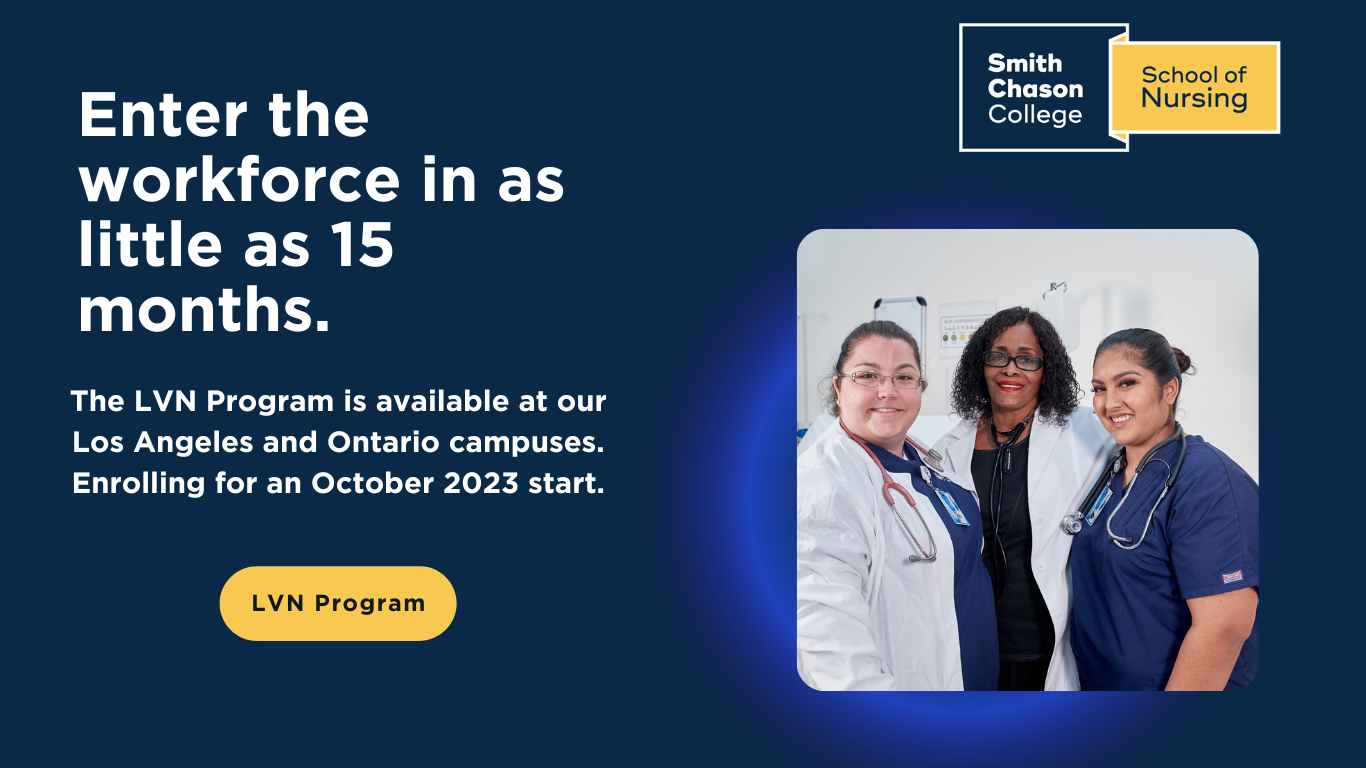LVN vs LPN: What’s the Difference?
LVN vs LPN: What’s the Difference?
Prior to World War II, no state in the US actually provided licensure for nurses. Almost immediately after the war ended, however, states began passing legislation that created a lot of the licensing bodies we deal with today. It was at this time that a lot of the acronyms that we are now familiar with – like RNs – came into existence.
Two of the most prominent are also among the most often confused: LVNs and LPNs, or licensed vocational nurses and licensed practical nurses. But what are the differences between these two roles, and what are the responsibilities of one over the other? The answers to those questions require you to keep a few key things in mind.
Licensed Vocational Nurses: An Overview
Maybe the most important thing to understand about licensed vocational nurses is that they are essentially just LPNs that go by a different name. The term “licensed vocational nurse” is actually used to describe all of the functions outlined above in Texas and California. The term “licensed practical nurse” is the one you will find nearly everywhere else in the United States. To that end, the difference between an LVN and an LPN ultimately comes down to where in the country you choose to work.
Both an LVN and an LPN will go through an incredible amount of medical training – something that is an essential part of their ongoing success in the field. Just a few of the important areas that they will study include but are not limited to ones like:
- The human anatomy.
- The administration of various medications.
- Common processes used when treating diseases.
- Therapeutic nursing care requirements.
- Rehabilitative and restorative nursing care.
- Some of the cultural differences they are likely to encounter when caring for patients.
- The psychosocial impact that someone experiences when being diagnosed with a disease.
- Nutrition.
- And many, many others.
What is a Licensed Practical Nurse?
The most important thing to understand about both LPNs and LVNs is that their precise duties will typically vary depending on the state they find themselves working in. Having said that, one of the most important responsibilities for licensed practical nurses in particular often includes monitoring basic patient health – which itself includes all vital signs, as well as their overall condition. Staying on top of this information is critical, as it gives doctors and other healthcare officials a complete picture from which to work from.
Throughout the course of a day LPNs will also likely find themselves changing bandages, changing wound dressings and even inserting catheters depending on the patient. They will be responsible for taking down complete patient histories, as well as maintaining an accurate documentation of all care given.
They will help with various tests and procedures and will also provide basic hygiene care to patients – examples of which include helping them bathe or even go to the restroom as-needed.
But most importantly, they will also consult with registered nurses (RNs) on implementing care plans, as by that time they will already have an incredible level of experience with the patients themselves.
Another factor that will dictate exactly what a licensed practical nurse does during the course of day will come down to where they find themselves working. Different environments will naturally have different needs, and some of the most common include:
- Hospital settings. Here, an LPN is most likely to assist RNs and oversee nurse assistants to make sure that everyone is always on the same page regarding patient care.
- Physician offices. In this environment, an LPN is most likely to be caring for wounds and (given everything going on in the world right now with the pandemic) assisting with the distribution of immunizations.
- Rehabilitation centers. This is where an LPN will likely be responsible for offering critical therapeutic care to those recovering from some type of trauma, injury, or illness.
Much like licensed practical nurses, an LVN can be employed in a wide range of different types of environments depending on his or her preferences. In addition to hospitals and long-term care environments, they are also commonly found in private practice doctor’s offices, at home health agencies and even in schools.
Likewise, both LVNs and LPNs need to have the same basic traits in order to be successful in the field. Because people in both positions will be working with a lot of sick people, and sick people are not necessarily known for being enthusiastic 100% of the time, they will need an exceptional level of patience to provide the greatest level of care possible.
Along the same lines, they will also need to be self-driven and self-organized people as both an LVN and an LPN will have many responsibilities on the job. Not only is this true in terms of specific care to different patients, but they will also have a variety of administrative tasks they will need to complete during a shift, too.

